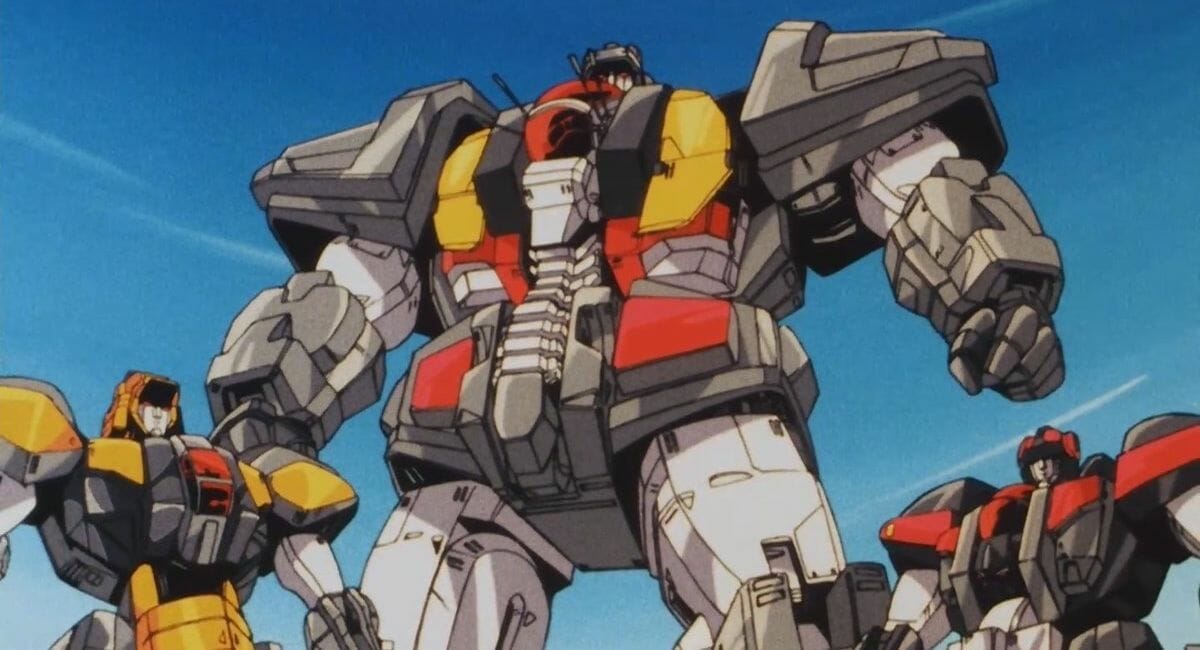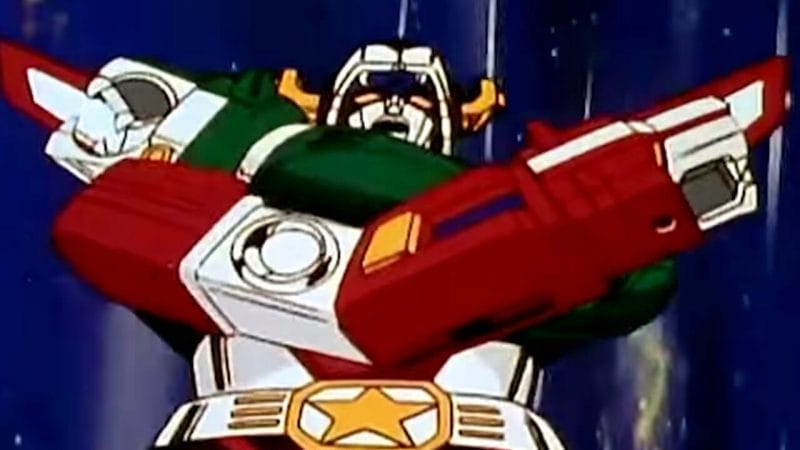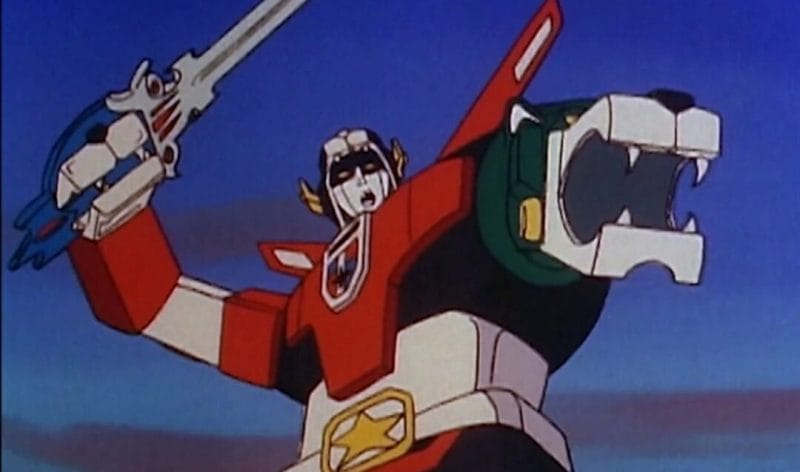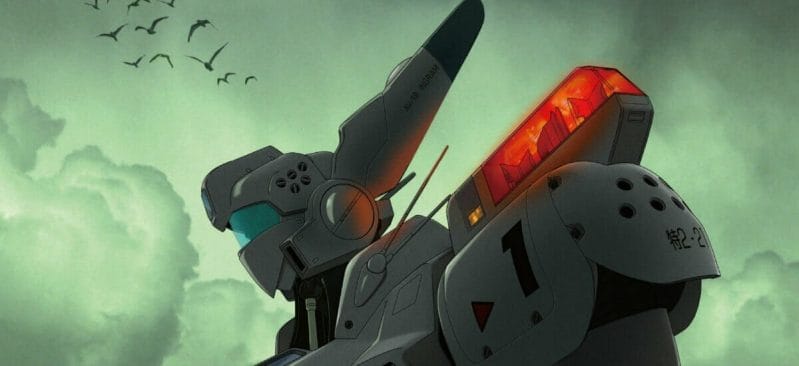The 1980s were a fruitful period for the mecha genre, as numerous Real Robot and Super Robot productions debuted during the decade. Works like Macross and GoLion continued the transformable mecha trend begun by their 1970s predecessors, while Gundam achieved even greater success with Zeta Gundam and Gundam ZZ. These works were far from the only mecha productions introduced over the course of the decade. Rather, the ‘80s proved to be a renaissance period for the genre, with numerous influential works making their way to the airwaves.

Arguably one of the most significant debuts of the decade was SD Gundam, an ongoing, lighthearted spinoff from the main Gundam franchise that features “super-deformed” variants of popular mobile suits. The series was inspired by a design submitted to Bandai’s Model News magazine. Chief editor Koji Yokoi reportedly took interest in the idea, ultimately greenlighting a four-panel comic series based around it. Bandai would go on to produce numerous pieces of merchandise featuring SD Gundam designs, including various animated TV and OVA series. The SD Gundam franchise continues to the present day, with the most recent work in the line being a web series titled SD Gundam World: Sangoku Soketusden. The 2019 TV series is a mecha-flavored adaptation of literary classic Romance of the Three Kingdoms, which casts featured units as historical warriors and leaders from China’s Warring States Period.
The 1980s also saw the evolution of the Real Robot subgenre, largely due to the burgeoning OVA market allowing for direct-to-video releases that had higher production values than their televised counterparts. Works like Fang of the Sun Dougram and Armored Trooper VOTOMS offered stark contrasts to the Super Robot genre, boasting a more “realistic” tone and grounded themes.

For example, Patlabor focused primarily on subjects like the destructive nature of war between humans and the socio-political applications of mecha. The title presents mecha as utilitarian machines, capable of performing numerous tasks outside of combat. They can function well in civilian capacities such as construction, far away from a battlefield, although dangers such as bombings still pose threats to humanity. The presence of the police’s own Labor units (represented by the Special Vehicles Section 2 team in the OVA) illustrates how Japan incorporated the technology for protecting its citizens. In addition, the series focuses on the team dynamic of the SV2 members as they adjust to their roles as pilots and officers.
Other Real Robot works, like Metal Skin Panic MADOX-01, used the genre as an opportunity to explore the more fantastical elements the genre posed. The 1988 OVA, which was the directorial debut for iconic director Shinji Aramaki, focuses on the eponymous MADOX-01 unit. Like the various mecha featured in Gundam, the mecha is explicitly presented as military hardware, designed with anti-terrorist and guerrilla combat as its primary functions. The film even begins with a demonstration of the powered suit’s combat capabilities as it decimates several tanks.
The sudden disappearance of the MADOX-01 sparks a search for it, with the main antagonist Lt. Kilgore pursuing the unit in an effort to destroy it himself. Kilgore’s single-minded ambition to prove himself superior to the MADOX-01 puts him at odds with civilian mechanic Kōji Sugimoto, who inadvertently finds himself trapped inside the suit. The powered suit is presented in a technical manner, including a scene showing a character consulting the unit’s operation manual. Such a presentation of the mecha reveals a fairly “realistic” approach, which exhibits the MADOX-01 as a product of military intelligence meant for warfare.
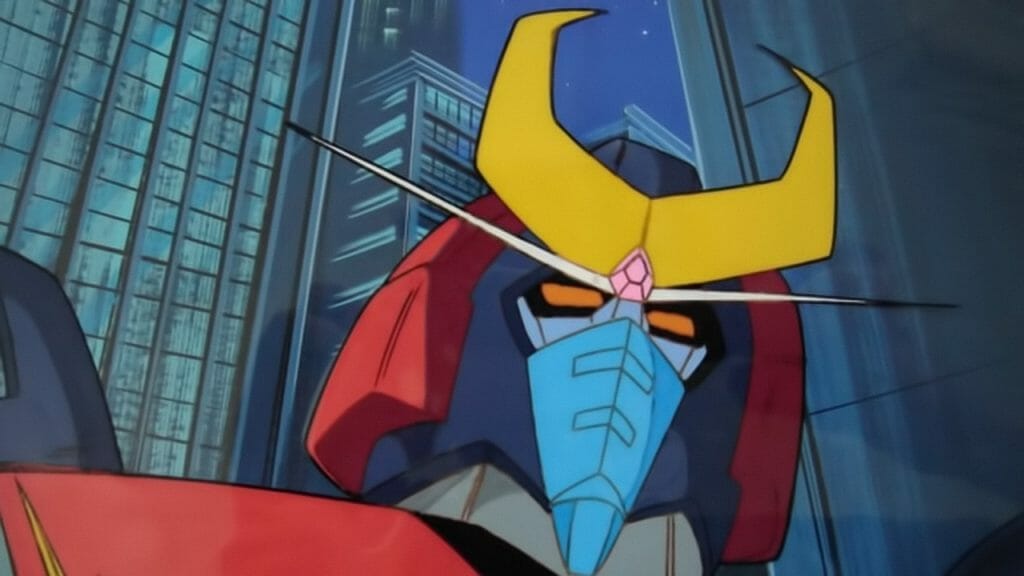
By contrast, the Super Robot subgenre carried over the more adventurous conventions it had introduced in the 1970s. Tales of aliens invading Earth were quite common to Super Robot productions, with representative series such as Space Emperor God Sigma and Psycho Armor Govarian providing their own flourishes on the format.
For example, Space Warrior Baldios opens on planet S-1, where the ruling emperor was assassinated by military leader Zeo Gattler. To cover his tracks, Gattler and his men place the blame squarely on the planet’s scientists, sparking an internal struggle that still stands as unique today. As a result of this factional clash, the son of the head scientist joins Earth in its defense against the authoritarian Zeo Gattler. He wishes to respect nature and coexist peacefully with the inhabitants of Earth, rather than antagonize another civilization like his adversary.
Baldios was just one prominent Super Robot title that aired during the period, though. Other titles included 1985’s Dancouga – Super Beast Machine God, which included a Combiner type unit a la Voltron, and 1981 series GoShogun. GoShogun was arguably the more popular of the two titles, having received a theatrical film subtitled The Time Etranger in 1982. The series focuses on Kenta, the young son of a prominent scientist, who is suddenly orphaned as his father commits suicide to protect his research, which NeoNeros and his organization desired for themselves. Unlike other combiners, though, GoShogun stands apart as a unique body that three separate units connect to. The three vehicles that can attach to the GoShogun can also form the Try-3, a smaller mecha, which operates independently of the main mecha.
One of the more intriguing (if tragic) historical notes of this period in mecha history involves 1985 television series Blue Comet SPT Layzner. Although the show performed well with audiences, it apparently ended abruptly when its sponsor, Sanyo, was forced to recall a line of oil-filled fan heaters after they led to the deaths of four children through carbon monoxide poisoning. As a result of the incident, Sanyo’s president quickly resigned, and the company’s sponsorship was revoked. This, combined with sluggish model sales, led Layzner’s planned 52-episode run to be cut down to 38, leaving the show without a proper conclusion. Layzner’s lack of a conclusive ending was rectified in 1986, with a three-episode OVA.

These are but a small handful of the titles that made their way to theaters and television screens across Japan throughout the 1980s. In addition to the titles discussed above, the decade saw works like Acrobunch, Six God Combination Godmars, and Round Vernian Vifam debut on the airwaves. The direct-to-video market became popular during this time, and a few mecha works (such as Armored Trooper VOTOMS) received OVA entries. The following decade would have its own share of important works, even if mecha productions didn’t hold the same cachet they did in previous years. The next article will examine some of the key mecha anime released in the 1990s, as Gundam began to explore alternate timelines and the controversial Neon Genesis Evangelion laid the groundwork for a new generation.


